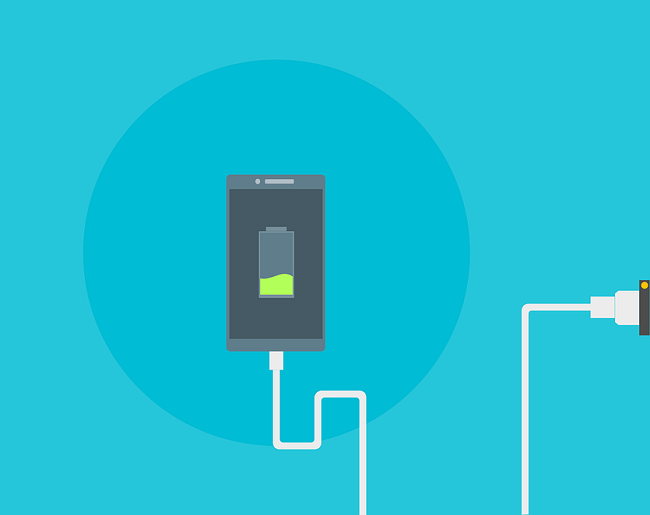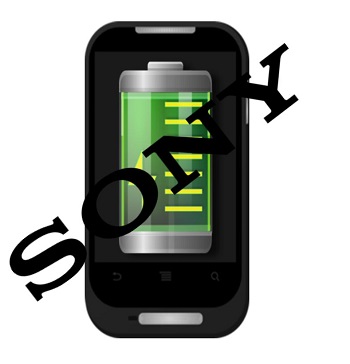You may be able to use your smartphone for double the time as early as 2017 with new tech.
Smartphone tech is moving forward at a lightning speed but mobile battery technology has not managed to keep up. Our phones are an increasingly important and central part of our daily lives. For this reason, they are becoming faster, more powerful and with higher resolution displays. Those features require energy.
Unfortunately, the amount of energy they require is too much for the average smartphone battery life.
Among the main struggles faced by smartphone owners is the need for a better phone battery. Mobile battery technology is falling short of an average user’s usage requirements. As smartphones become more awesome, they are consuming a larger amount of juice in a smaller amount of time. The phone lithium-ion batteries have not increased in capacity at the same rate as phones have increased in need.
 However, new technology under development by SolidEnergy Systems may have the potential to change that. The company has been focused on improving drone battery life, but this tech could also have other applications – smartphones, for example.
However, new technology under development by SolidEnergy Systems may have the potential to change that. The company has been focused on improving drone battery life, but this tech could also have other applications – smartphones, for example.
This mobile battery technology uses lithium metal foil anodes instead of using graphite.
The foil makes a considerable difference. Today’s mobile battery graphite anodes are considerably thicker. In fact, the foil is only 20 percent the thickness of the anodes made from graphite. This is important because it gives batteries more physical space for improving capacity.
SolidEnergy CEO Qichao Hu said this difference will let tomorrow’s batteries hold twice the capacity. Said simply: batteries will be able to fit much more power into the same amount of space. Hu explained that this means twice the capacity in the same physical size battery or the same capacity in a half-size battery.
Moreover, SolidEnergy isn’t just working on a concept anymore. Its prototype battery was unveiled last year. At that time, the prototype was already half the physical size of the battery in an iPhone 6. Yet, it had a 2.0 amp hours capacity. The iPhone 6 battery has a 1.8 amp hours capacity. Therefore, in half the physical space, the mobile battery technology already offered more than twice the capacity.
The company is hoping to help to overcome a battery life struggle that is holding back the mobile industry.
As smartphone manufacturers increasingly show that they are unwilling to produce thicker devices in order to accommodate longer lasting smartphone batteries, Sony has taken on the task of developing a power source that will last about forty percent longer than the current average without requiring more space.
The majority of consumers are required to charge their smartphones every night to accommodate the next day’s use.
A new announcement has showed that Sony is coming up with considerably more energy efficient types of smartphone batteries using technology that should become available in the consumer market by 2020. This new tech uses magnesium and sulfur based electrodes in order to form a power source that will hold about 40 percent more power than Li-ion battery cells of the same physical size.
Researchers have been looking into smartphone batteries based on lithium-sulfur for some time now.
 However, the problem that has been faced is in making a stable environment in which to contain the sulfur. Without accomplishing that goal, the sulfur breaks down very quickly and once it has degraded it will not perform as a component of the mobile device battery. That said, based on the latest reports from Sony, it looks as though that company may have been able to come up with a new way to maintain the stability of the sulfur and, therefore, make it usable in a practical way as a part of a more powerful battery.
However, the problem that has been faced is in making a stable environment in which to contain the sulfur. Without accomplishing that goal, the sulfur breaks down very quickly and once it has degraded it will not perform as a component of the mobile device battery. That said, based on the latest reports from Sony, it looks as though that company may have been able to come up with a new way to maintain the stability of the sulfur and, therefore, make it usable in a practical way as a part of a more powerful battery.
That said, Sony has also reported that it is testing out a battery that combines sulphur and magnesium. It is believed that they are doing this because they want to overcome one of the struggles that are presented by using lithium, which is its own degradation over time, eventually turning the substance into a fire hazard. By using a rechargeable power source that does not contain lithium, it’s possible to boost the safety to consumers.
That said, after all the research Sony is doing into smartphone batteries with better performance, it could possibly be that nothing will result. However, when taking into consideration that it was Sony that came up with the Li-ion commercially viable battery in the first place, the company has shown that it knows what it is doing in that area.
 However, new technology under development by SolidEnergy Systems may have the potential to change that. The company has been focused on improving drone battery life, but this tech could also have other applications – smartphones, for example.
However, new technology under development by SolidEnergy Systems may have the potential to change that. The company has been focused on improving drone battery life, but this tech could also have other applications – smartphones, for example.
 However, the problem that has been faced is in making a stable environment in which to contain the sulfur. Without accomplishing that goal, the sulfur breaks down very quickly and once it has degraded it will not perform as a component of the mobile device battery. That said, based on the latest reports from Sony, it looks as though that company may have been able to come up with a new way to maintain the stability of the sulfur and, therefore, make it usable in a practical way as a part of a more powerful battery.
However, the problem that has been faced is in making a stable environment in which to contain the sulfur. Without accomplishing that goal, the sulfur breaks down very quickly and once it has degraded it will not perform as a component of the mobile device battery. That said, based on the latest reports from Sony, it looks as though that company may have been able to come up with a new way to maintain the stability of the sulfur and, therefore, make it usable in a practical way as a part of a more powerful battery.